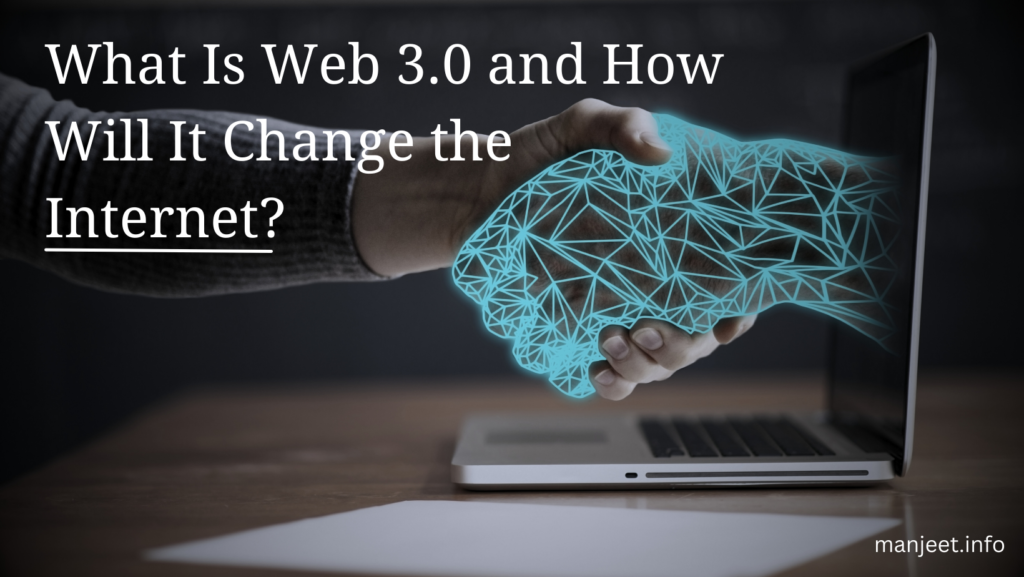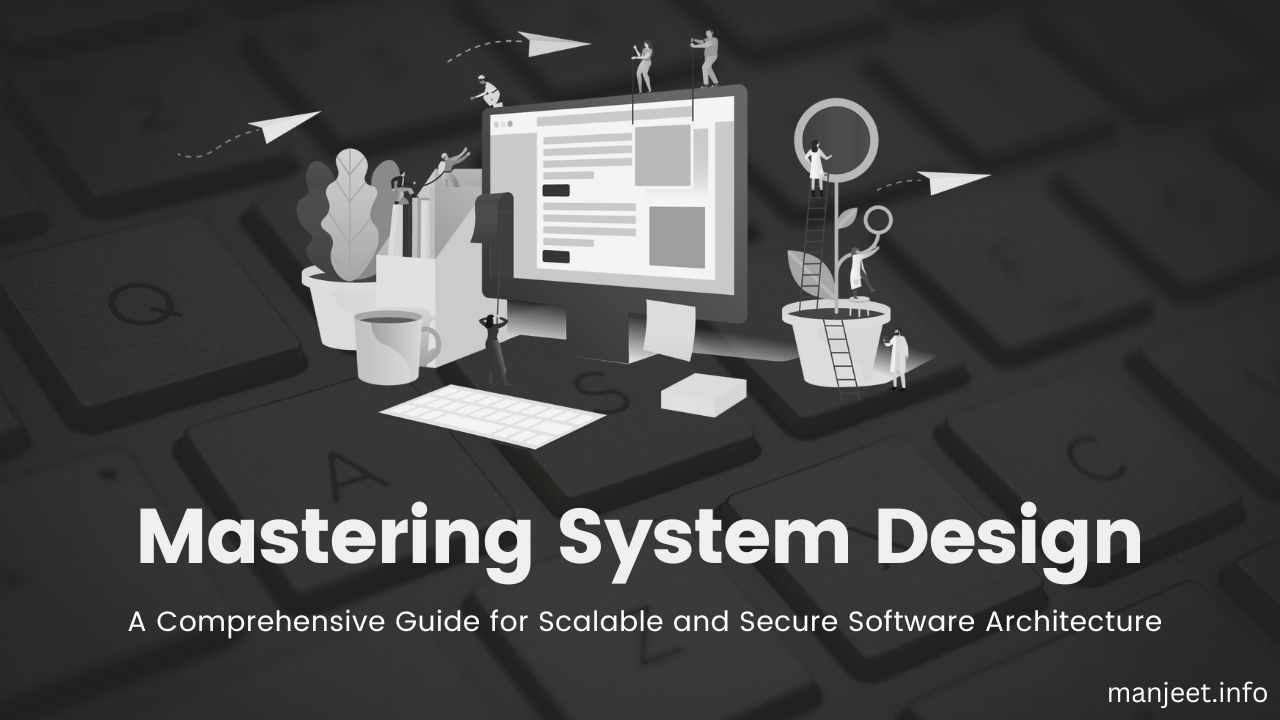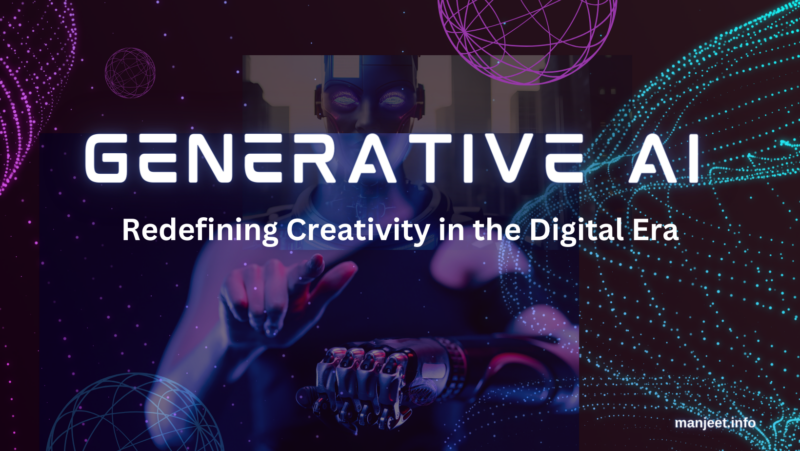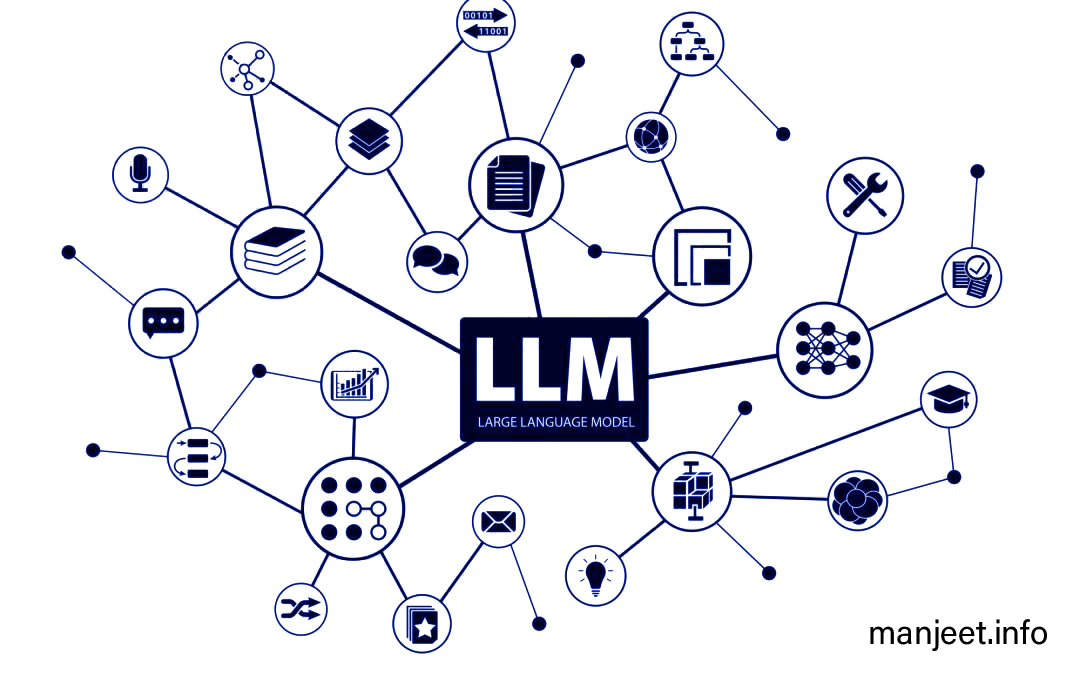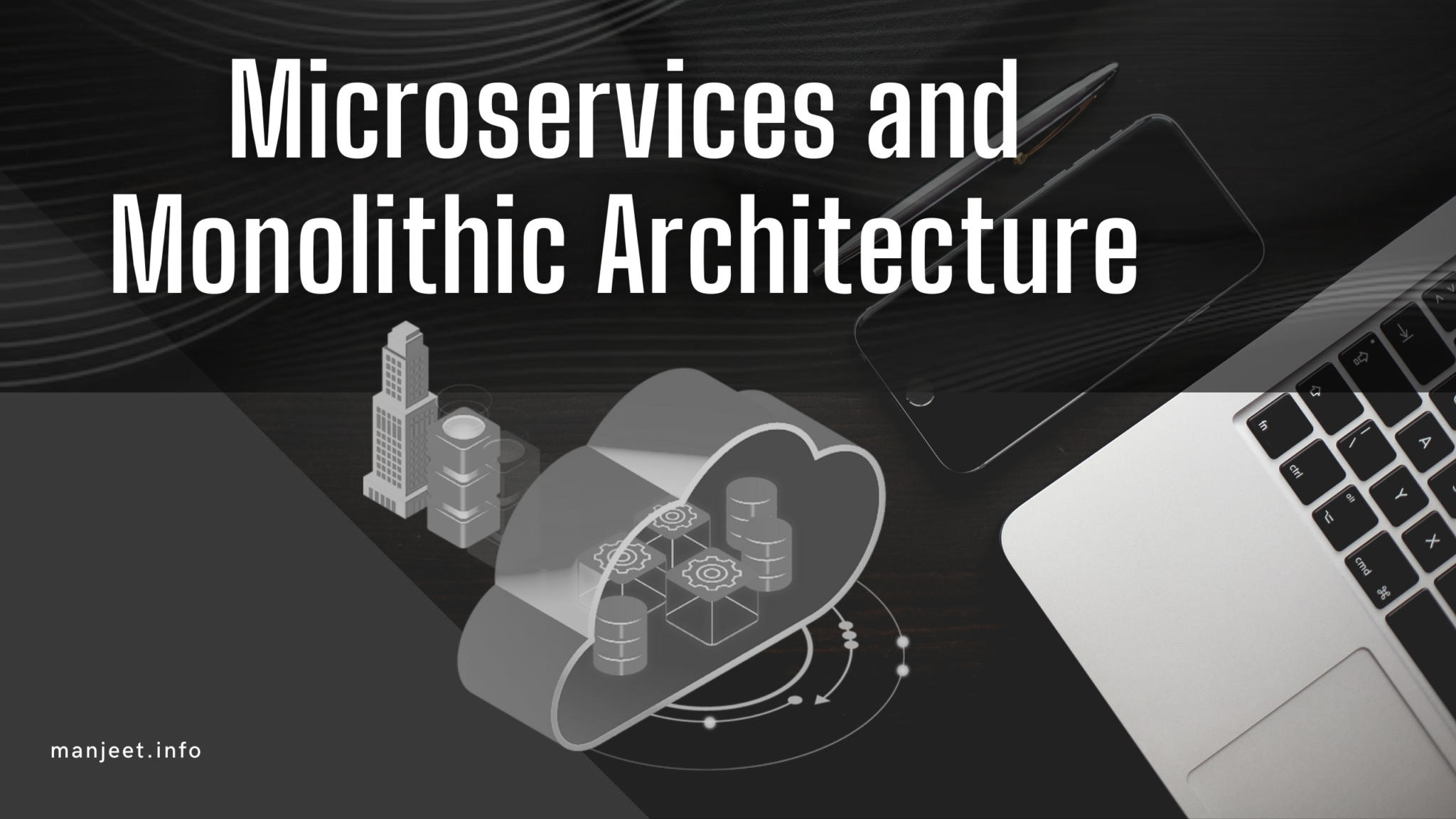As the internet continues to evolve, we’ve seen several versions of the web emerge over the years. The first version, Web 1.0, was static and consisted mostly of basic HTML pages. Web 2.0, which emerged in the early 2000s, introduced more interactivity and user-generated content. And now, we’re seeing the emergence of Web 3.0, which promises to take things to the next level.
So, what is Web 3.0, and how will it change the internet as we know it?
What Is Web 3.0?
Web 3.0, also known as the “Semantic Web“, is the next generation of the internet. While Web 2.0 was focused on social networking, user-generated content, and cloud computing, Web 3.0 is all about machine-to-machine communication, artificial intelligence, and decentralized platforms.
Web 3.0 aims to make the internet more intelligent and more connected by enabling machines to understand the meaning behind the content on the web. It will allow machines to interpret and process information in a way that’s more human-like, making it easier for people to find what they’re looking for online and to communicate with each other.
How Will Web 3.0 Change the Internet?
Web 3.0 will change the internet in several ways. Here are just a few examples:
- Decentralization: One of the key principles of Web 3.0 is the concept of decentralization. This means that instead of relying on central authorities such as corporations or governments to manage and control information, the internet will be powered by decentralized networks where users can control their data and interact with each other directly. This is made possible through blockchain technology, which creates a secure and transparent environment where information can be verified and transactions can be executed without the need for intermediaries.
- Artificial Intelligence: Another important aspect of Web 3.0 is the integration of more advanced artificial intelligence (AI) into the web. This includes natural language processing, machine learning, and other AI techniques that enable machines to understand and process information in a more human-like way. This will allow for more personalized and intelligent interactions between users and the web, making it easier to find and use information.
- Interoperability: Web 3.0 is also focused on increasing interoperability between different platforms and applications. This means that users will be able to interact with different services and applications seamlessly, without having to switch between different platforms. This will create a more integrated and user-friendly experience for people using the web.
- Trust: Finally, Web 3.0 is built on trust. Through the use of blockchain technology, users will be able to verify the authenticity of information and transactions, making the internet more secure and transparent. This will also enable users to control their own data and prevent large corporations from using their data without their permission.
Conclusion:
Web 3.0 is the next generation of the internet, and it promises to change the internet as we know it. With its focus on decentralization, artificial intelligence, interoperability, and trust, Web 3.0 will enable machines to understand and process information in a more human-like way, making it easier for people to find what they’re looking for online and to communicate with each other. While we’re still in the early stages of Web 3.0, it’s clear that it has the potential to transform the internet and the way we interact with it.
Also read Will AI Replace Developers

